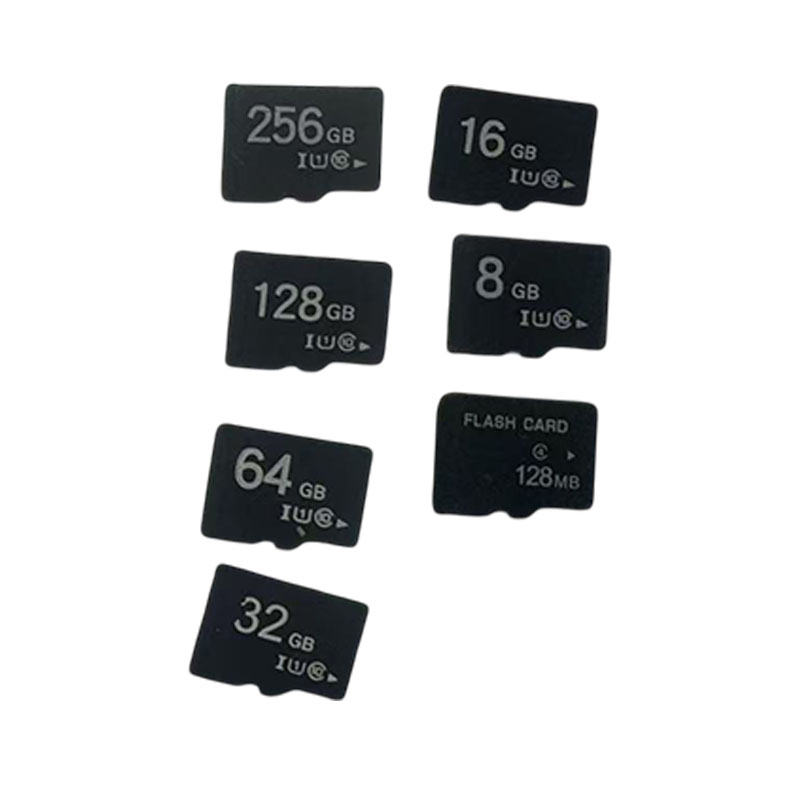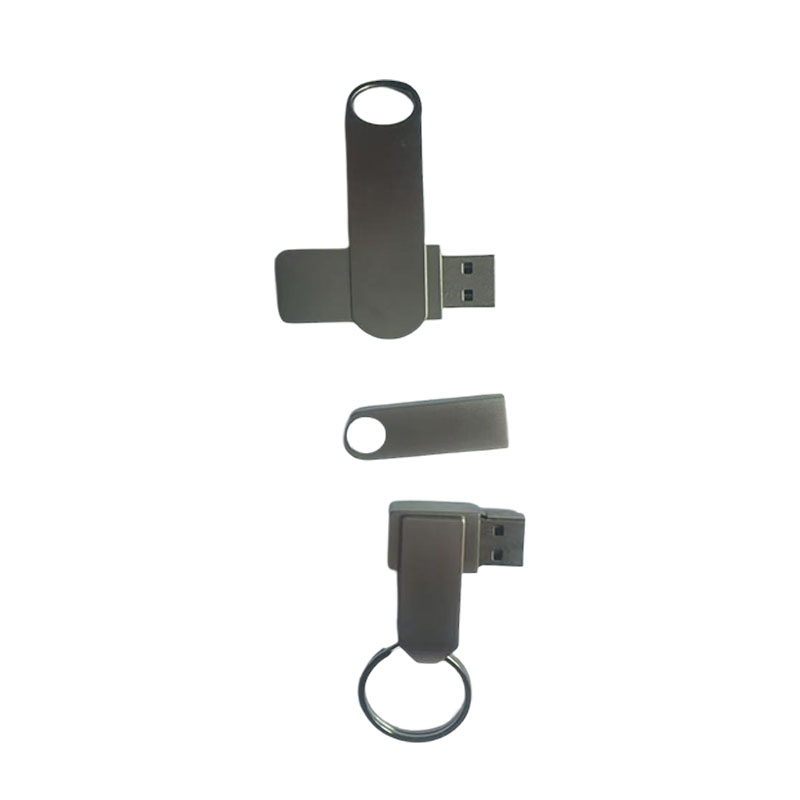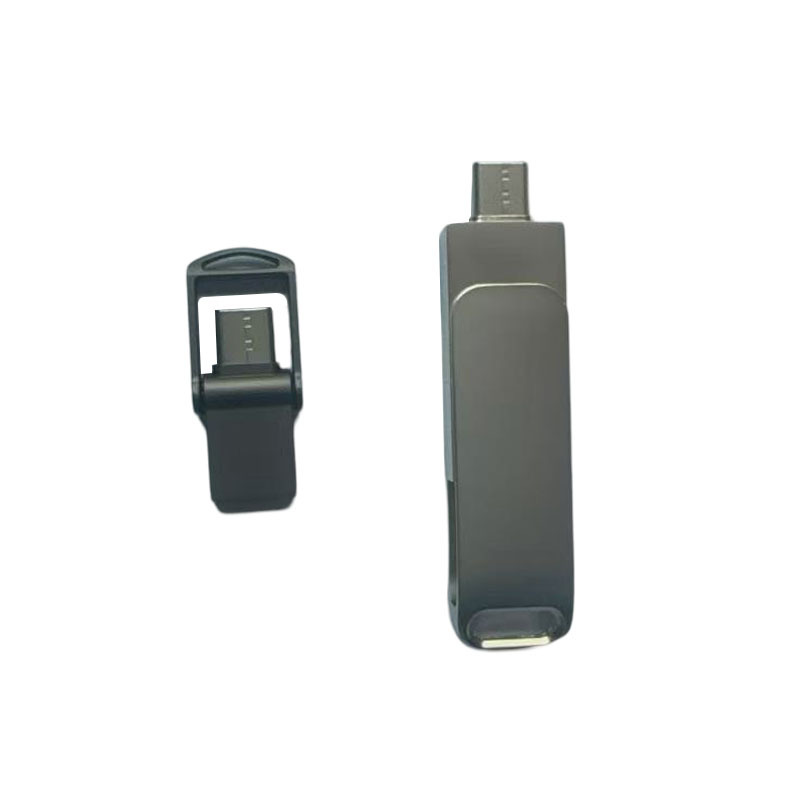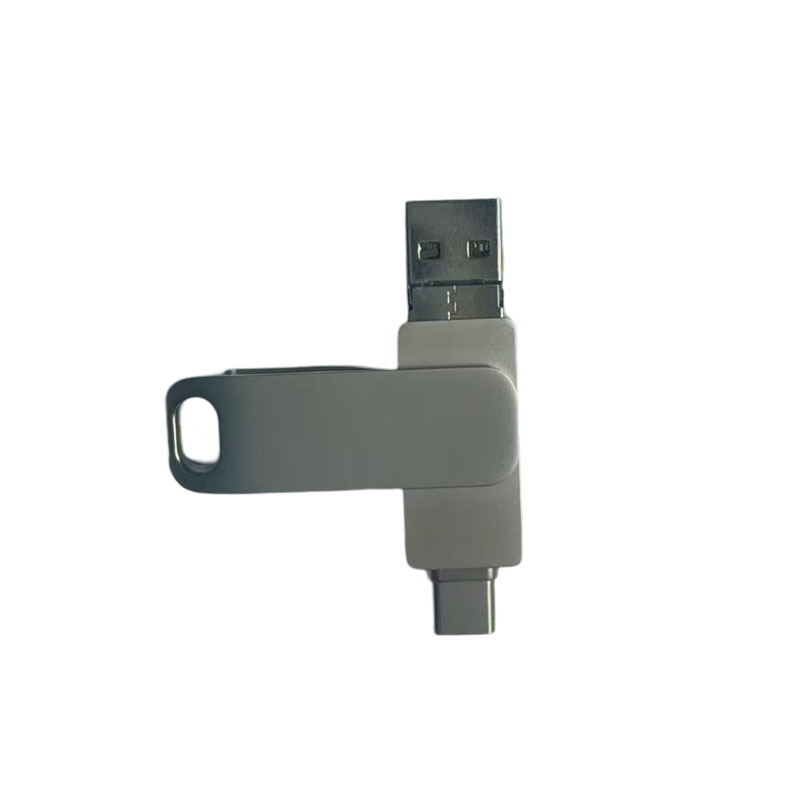How does the physical structure design of a u disk improve its impact resistance and dust resistance?
Release Time : 2025-10-11
As a portable storage device, the physical design of a USB drive must balance miniaturization and reliability. In particular, impact resistance and dust resistance require multi-dimensional technical optimization to adapt to complex usage environments. From casing material selection to internal layout design, every step requires a precise balance between protection and functionality to ensure data security and device durability.
The casing material is the foundation of a USB drive's impact resistance. Traditional plastic casings, while cost-effective, offer limited impact resistance and are prone to cracking due to drops or impact. Modern USB drives often utilize metal alloys or high-strength engineering plastics, such as aluminum alloy or polycarbonate blends. Metal casings utilize a one-piece molding process to reduce seams, enhance structural rigidity, and leverage the metal's ductility to absorb impact energy. Engineering plastics, on the other hand, incorporate glass fiber or carbon fiber for enhanced toughness, improving deformation resistance while maintaining lightweight. Some high-end USB drives also utilize anodizing or sandblasting on the casing to further enhance surface hardness and resist daily scratches.
The design of the internal buffer structure is crucial for impact resistance. Core components within a USB drive, such as the main control chip and flash memory chips, are extremely fragile, requiring the use of buffering materials to disperse impact forces. A common solution is to insert a silicone pad or foam between the PCB and the housing, utilizing its elastic deformation to absorb vibration energy. For example, when a USB drive is dropped, the silicone pad can prolong the impact and reduce damage to the components caused by instantaneous acceleration. Furthermore, some designs solder the flash memory directly to the center of the PCB to prevent solder joints from falling off at the edges, while also increasing the PCB thickness to improve overall bending strength.
Achieving dustproof performance relies on sealing design and structural optimization. The USB interface area is a key point for dust protection. Traditional designs can allow dust intrusion due to frequent plugging and unplugging. Modern USB drives commonly employ two solutions: one is to protect the USB interface with a rubber plug or sliding cover, completely sealing the opening when not in use; the other is to adopt a coverless design, but embed the interface deep inside the housing and create a labyrinthine passageway, requiring dust to make multiple turns before reaching the interface, significantly reducing the risk of intrusion. Furthermore, ultrasonic welding or precision snap-fit mechanisms are used to reduce gaps at the shell joints to prevent dust from infiltrating through these gaps.
The reinforced interface structure further enhances reliability. As the sole connection between a USB drive and a device, the stability of the USB port directly impacts data transmission reliability. Traditional ports can become loose or crack due to frequent plugging and unplugging. Modern USB drives utilize two improvements: first, increasing the thickness of the metal housing and applying gold plating to enhance wear resistance; second, reinforcing brackets are designed on the PCB, soldering the port pins to the brackets to create a dual-fixation structure. Some industrial-grade USB drives also incorporate embedded springs to enhance contact pressure during plugging and unplugging, ensuring signal stability over extended use.
High-end USB drives feature a coordinated design that combines heat dissipation with shock resistance. Prolonged, high-load use can cause internal temperatures to rise, leading to component performance degradation or even damage. Heat dissipation must be compatible with shock-resistant structures. For example, heat sink fins on the inside of the housing increase surface area for improved heat dissipation while creating a buffer space between the fins to absorb some impact energy. Some designs also incorporate graphene heat sinks on the PCB, leveraging their high thermal conductivity to quickly dissipate heat while maintaining a lightweight and thin structure.
A modular design provides flexible protection options for USB drives. The modular design of the USB disk allows for adjustable protection levels for different usage scenarios. For example, a USB disk for outdoor use might feature a removable rubber protective cover, providing additional cushioning and enhanced dust resistance. A USB disk for industrial use might utilize a fully enclosed metal casing with IP67 water and dust resistance certification, directly protecting against dust and short-term submersion. The modular design also facilitates repairs, allowing users to quickly replace modules if the casing or internal components become damaged, extending the overall lifespan of the device.
From material selection to structural optimization, the physical design of the USB disk utilizes multiple technical measures to significantly enhance impact and dust resistance. These features not only protect the data within but also extend the device's lifespan, enabling the USB disk to operate stably in diverse scenarios, including office, outdoor, and industrial environments, making it an indispensable tool for modern data storage.







